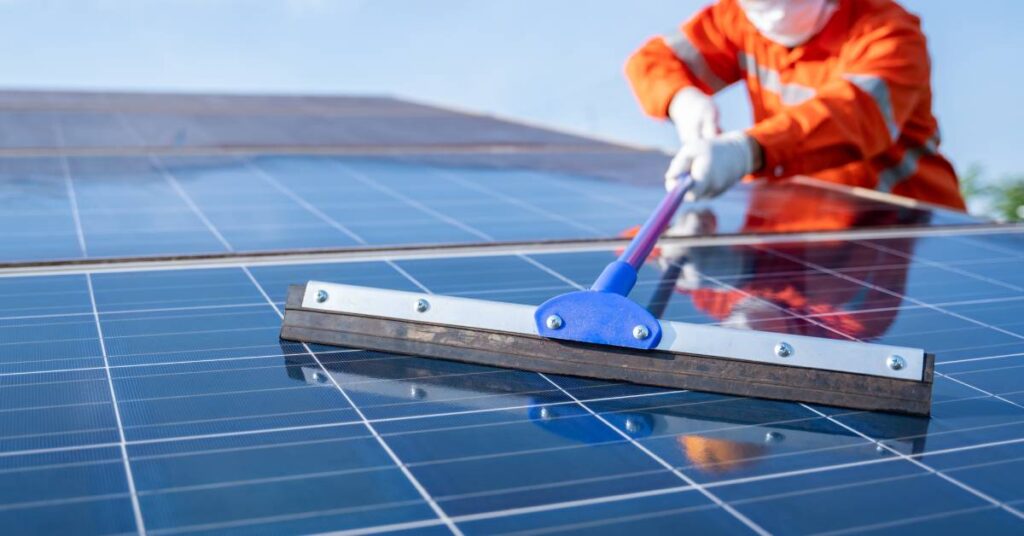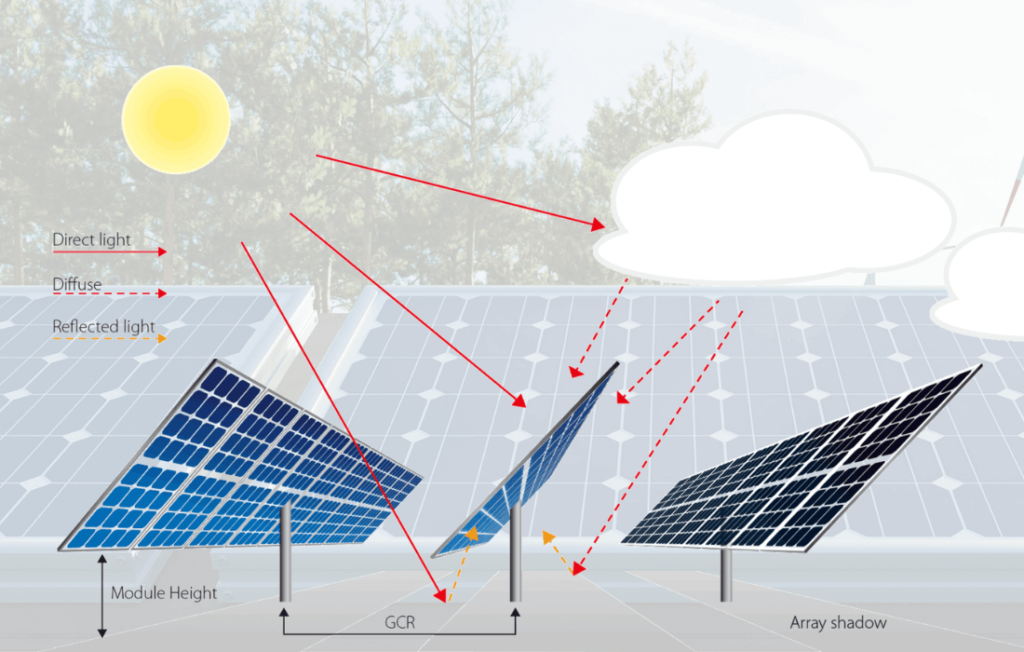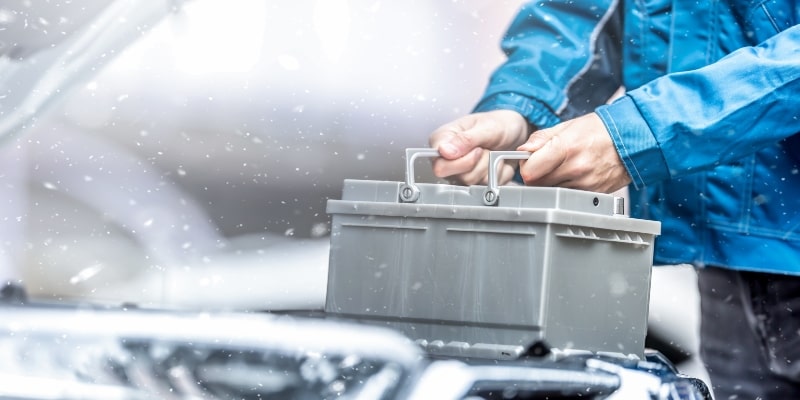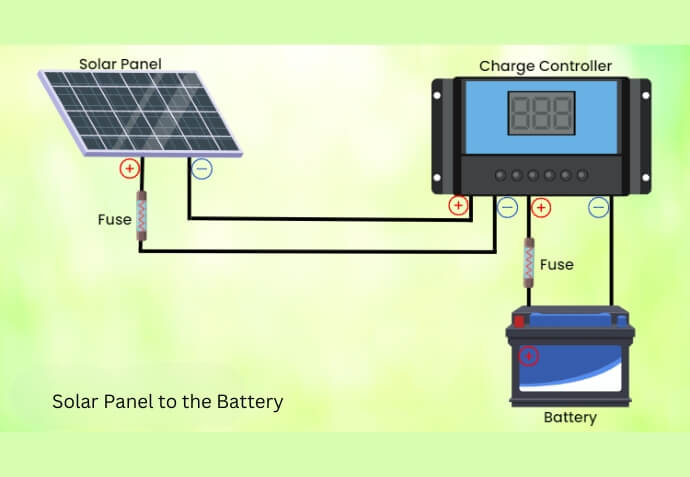5 Practical Tips to Extend the Lifespan of Your Solar Lights
Home – Info Center – Blogs – 5 Practical Tips to Extend the Lifespan of Your Solar Lights

By Michael Zhang || Updated on 23rd July 2025
Michael Zhang is a seasoned professional with 15 years of experience in the solar lights industry. Throughout his career, he has been actively involved in product design and developing, gaining valuable expertise and insight into the industry. Known for his dedication and professionalism, Michael has contributed significantly to the growth and success of various solar lights projects. His extensive knowledge and hands-on experience make him a trusted authority in the field, and he continues to innovate and excel in his role.
Table of Contents
1. Keep Solar Panels Clean
- How to do it: Gently clean the solar panel with a soft, damp cloth every 1–2 months. Avoid abrasive materials that could scratch the surface. For stubborn dirt, use a mild soap solution and rinse thoroughly.
- Pro tip: Regular cleaning is especially important in dusty or pollen-heavy areas to maintain maximum energy absorption.

2. Optimize Placement for Maximum Sunlight
- How to do it: Position solar lights in areas with direct sunlight for at least 6–8 hours daily. Avoid shaded spots under trees, overhangs, or buildings. Adjust the angle of adjustable panels to face the sun directly, especially in winter when the sun is lower.
- Pro tip: Periodically check for new obstructions, like growing branches, and reposition lights as needed.

3. Protect Batteries from Extreme Weather
- How to do it: In regions with harsh winters, store solar lights indoors during off-seasons to prevent battery damage from freezing temperatures. For hot climates, ensure lights are installed in well-ventilated areas to avoid overheating. Use weather-resistant models designed for your local climate.
- Pro tip: Check the manufacturer’s guidelines for battery specifications and replace with compatible, high-quality batteries when needed.

4. Regularly Inspect and Replace Batteries
- How to do it: Test batteries annually using a multimeter to check their charge capacity. If the light dims or fails to hold a charge, replace the battery with one that matches the original specifications (e.g., NiMH or Li-ion). Always recycle old batteries properly.
- Pro tip: Opt for high-capacity, reputable battery brands to ensure longer life and better performance.
5. Check and Secure Connections
- How to do it: Inspect wiring and connections every few months for signs of corrosion, rust, or loose fittings. Tighten screws and clean contacts with a dry cloth or a small brush. For outdoor lights, ensure seals are intact to prevent water ingress.
- Pro tip: Apply a thin layer of dielectric grease to connections to prevent corrosion, especially in humid or coastal areas.

Conclusion
Related Blogs
Share Via:
Get in Touch with Us Now!
Got questions or feedback? We’d love to hear from you! Just fill out the form below, and our friendly team will respond ASAP.
